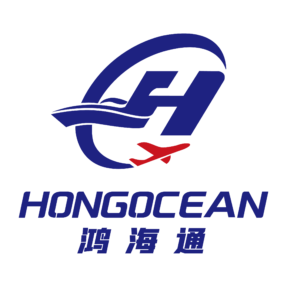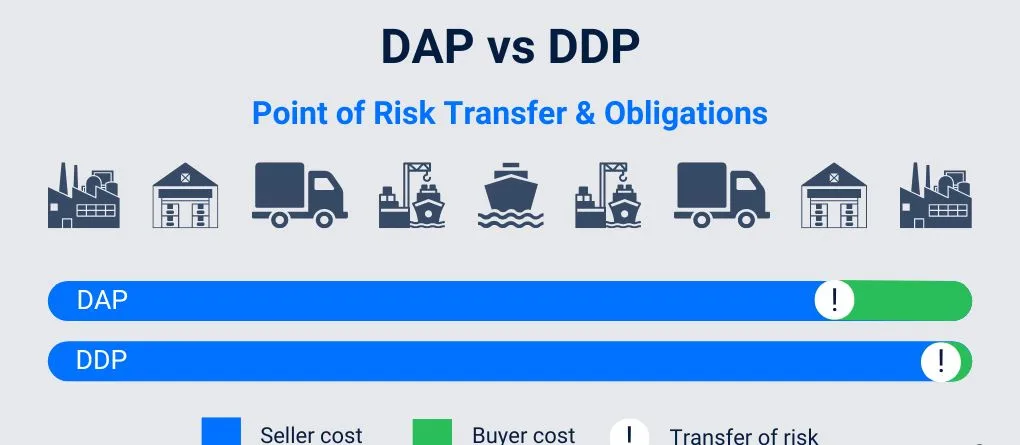International trade and logistics involve multiple regulations and procedures to ensure the safety of goods and compliance with import requirements. The U.S. Customs and Border Protection (CBP) has established AMS (Automated Manifest System) and ISF (Importer Security Filing) as important components of import declarations. Although both involve the declaration of information on imported goods, their roles, submission times and responsible entities are different. This article will analyze in detail the differences between AMS and ISF declarations and discuss their respective advantages and the importance of compliance.

What is AMS (Automated Manifest System)?
AMS, the full name of which is Automated Manifest System, is an electronic information collection system established by the US Customs and Border Protection (CBP). Its main purpose is to obtain detailed information about goods, means of transport, and shippers in advance before the goods arrive at a US port, facilitating risk assessment and security inspections.
In short, AMS is like an “Advance Cargo Information System”. When goods are still being transported by sea, the carrier needs to report detailed information about the goods to US Customs via AMS. This information includes the name, quantity, origin, destination, shipper and consignee of the goods.
AMS was originally designed for Ocean Freight and has since been extended to other modes of transport, such as Air Freight and Land Freight. Implementing this system has greatly accelerated customs processing, helped combat smuggling, and improved logistics efficiency.
Advantages of AMS
- Speeds up customs clearance: Advance cargo information enables customs to complete a risk assessment before the goods arrive, thus speeding up customs clearance.
- Improves trade transparency: Electronic submission ensures transparency of cargo information and reduces smuggling and illegal trade activities.
- Reduces detention costs: Goods are released in advance, reducing delays and detention costs caused by customs inspections.
- Enhances cargo tracking: Trade-related parties can monitor the movement of goods in real-time, improving supply chain management efficiency.
Who is responsible for submitting the AMS (Automated Manifest System)?
The responsible party for submitting the AMS declaration is primarily the carrier (e.g., Ocean Freight, Airlines) or its agent. They are required to submit complete manifest information prior to the arrival of the goods in the United States, including
- Detailed Description of the Goods
- Quantity of Goods
- Weight of Goods
- Origin and Destination of the Goods
- Port of Loading and Port of Discharge
- Bill of Lading Number
- Vessel Name and Voyage Number
- Importer of Record Number
- Harmonized System (HS) Codes
- Carrier SCAC Code
- Scheduled Arrival Date
When is the AMS submitted?
The time for submitting the AMS declaration depends on the mode of transport:
- Ocean Freight: at least 24 hours before the goods are loaded on the ship.
- Air Freight: before the flight takes off or 4 hours before the goods arrive at the US airport.
What are the consequences of non-compliance with AMS requirements?
Failure to submit AMS or submit incorrect information as required may result in the following consequences:
- Goods delay: Customs may detain the goods, resulting in a delay in delivery.
- Fines: Carriers that violate AMS regulations may face high fines of up to $5,000 per shipment.
- Goods returned or destroyed: Serious violations may result in the return or destruction of goods, resulting in economic losses.
What is ISF (Importer Security Filing)?
ISF, the full name of which is Importer Security Filing, is a regulation implemented by US Customs in 2009. Its main purpose is to allow the US government to know the detailed information of goods in advance before they leave the exporting country and are shipped to the US so as to assess whether there is any security risk.
But, if a company wants to ship goods to the United States by Ocean Freight, it (or its appointed Ocean Freight Forwarding agent) must submit an electronic form containing detailed information about the goods to US Customs at least 24 hours before loading. The form contains 10 pieces of information, such as who is selling and who is buying, where the goods are departing from and going to, what they are, and who produced them. In addition, the shipping company needs to provide two pieces of information about the status of the container and the ship. This is often referred to as the “10+2” rule.
If this ISF is not submitted on time or the information is inaccurate, the importer may be fined by US Customs and may even affect whether the goods can enter the country smoothly.
ISF advantages
- Enhances national security: Advance cargo information enables customs to identify potential threats and prevent terrorist activities.
- Improves import compliance: Ensures importers fulfil compliance obligations and reduces trade risks.
- Reduces the probability of customs inspections: Correct and timely ISF submissions reduce the likelihood of additional customs inspections and expedite clearance.
- Avoids additional costs: Compliant submissions reduce financial losses due to delays, inspections or fines.
Who submits the ISF?
The responsible party for ISF filing is the importer or its agent (e.g. customs broker, freight forwarder). The importer is responsible for ensuring the accuracy and completeness of the information declared.
When should an ISF be submitted?
The ISF filing time requirements are as follows:
- Ocean Freight Full Container Load (FCL): at least 24 hours before the goods are loaded on the ship.
- Less than Container Load (LCL): usually 24 hours before the ship departs.
If the ISF filing is not made in time, the importer may face fines and additional inspections.
What are the consequences of failing to submit an ISF?
Failure to comply with ISF regulations may result in:
- 5,000 USD fines: Importers who fail to submit or submit incorrect ISF declarations may face fines of up to 5,000 USD.
- Delayed or inspected goods: Failure to submit ISF on time may result in goods being held by customs or an increased probability of inspection.
- Disqualification as an importer: Serious violations may affect an importer’s credibility and may even result in blocklisting.
What is the difference between AMS and ISF?
“AMS” and ‘ISF’. Although both systems are related to cargo declarations, their functions, submitters, and contents are different. We will distinguish between them in simple terms below.
1. ISF (Importer Security Filing) – what importers have to do
ISF stands for ‘Importer Security Filing’. It is an advance declaration system required by the US government and submitted by importers or their freight forwarders.
When is it submitted?
- At least 24 hours before the goods are loaded on the ship and leave the exporting country.
Who submits it?
- The importer or their freight forwarder.
What is declared?
- 10 pieces of information about the buyer, seller, manufacturer, type of goods, country of origin, etc., plus 2 pieces of information provided by the shipping company, which is why it is also called the “10+2 declaration”.
What is the purpose?
- To help US Customs get an early understanding of the imported goods and determine whether there is a security risk.
2. AMS (Automated Manifest System) – what the carrier has to do
AMS stands for “Automated Manifest System.” Shipping companies (carriers) or their agents submit this system to inform US Customs of which goods will arrive in the United States on which ship and when.
When is it submitted?
- Also at least 24 hours before the goods are loaded on the ship.
Who submits it?
- The shipping company or the non-vessel operating common carrier (NVOCC).
What is declared?
- This includes the bill of lading number, the shipper, the consignee, the description of the goods, the stowage information, the vessel information, etc.
What is the purpose?
- To help US Customs arrange cargo inspections and manage port security.
Although both AMS and ISF must be filed before the goods leave the port, and both are used to improve import security in the United States, they are filed by different people and have different content. In practice, freight forwarders often assist their customers in handling both declarations at the same time to ensure smooth customs clearance of goods.




